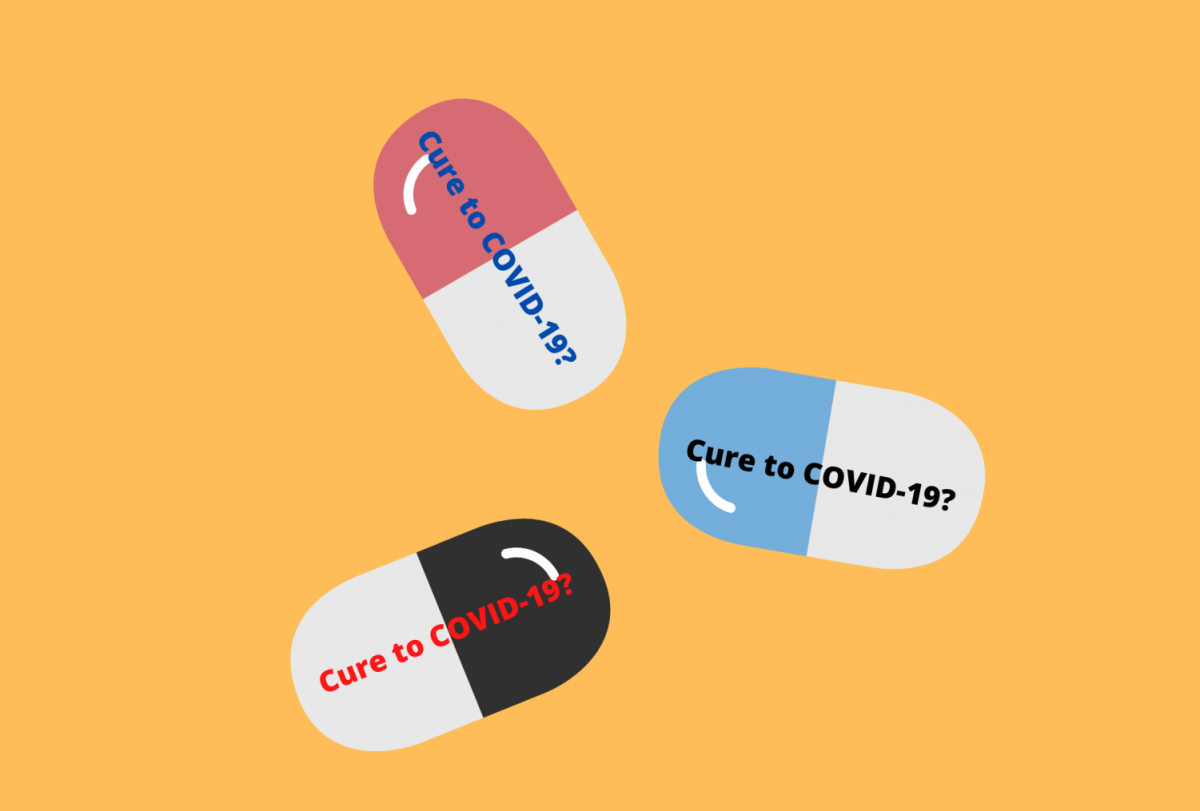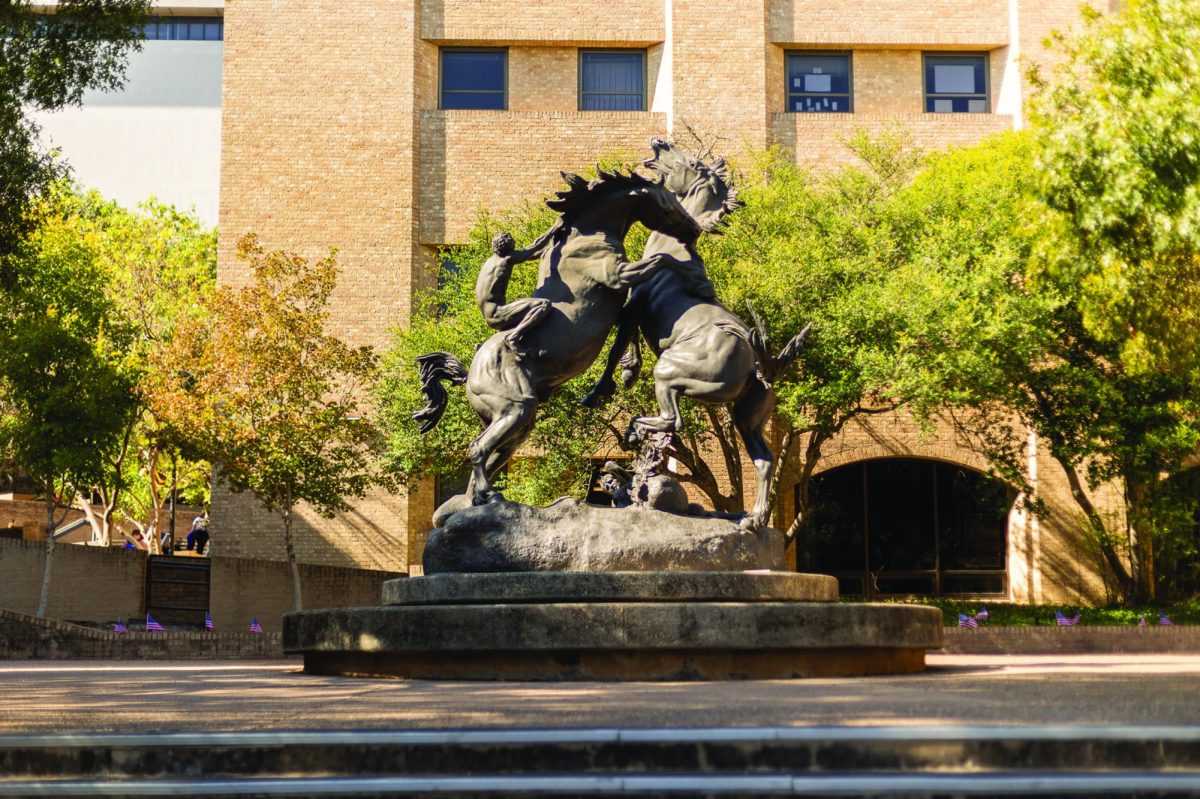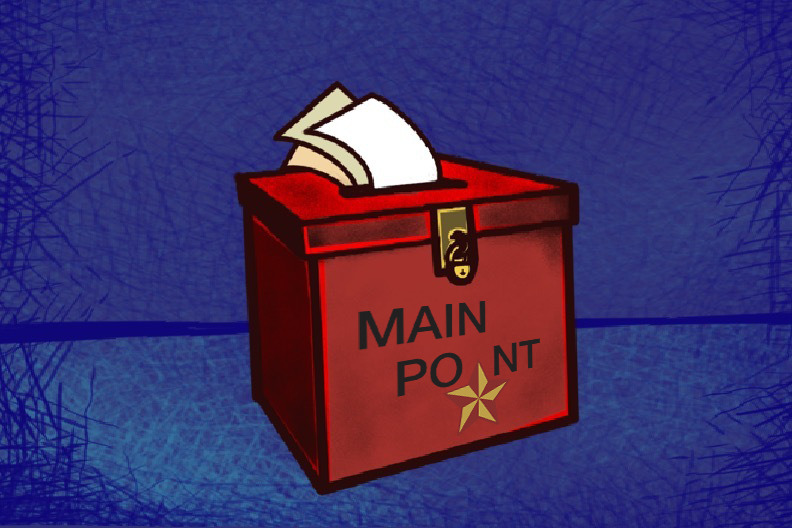When the SARS-CoV-2 virus was first detected in a patient in the United States in January, public health experts and virologists began working on ways to combat it. Since then, there have been breakthroughs and advances in testing, antibody detection and even a potential vaccine. However, as quickly as the research has been progressing, it is no match for the speed at which misinformation can spread.
One such piece of misinformation was that the immunosuppressant drug hydroxychloroquine, or HCQ, was a miracle drug able to cure infected patients of COVID-19. This belief appears to have arisen from a hastily published article in the International Journal of Antimicrobial Agents, which stated that in 20 patients, and in combination with the macrolide antibiotic azithromycin, the viral load was diminished and was undetectable in the body sooner than patients in a control group.
This study, however, was not a clinical trial, nor was the sample size sufficient to make such broad claims as President Donald Trump did a few weeks after the study’s publication, when he promoted the drug in a televised press briefing as a ‘game-changer.’
The paper itself was received, accepted and published within a matter of four days, something extremely rare—and a bit suspicious—in the world of biomedical research.
When Trump and others promoted the use of HCQ in COVID-19 patients, the drug was described as an antimalarial. While it is true that the drug was originally developed as a treatment for malaria, it is no longer a first-line treatment for the disease due to the availability of more reliable drug treatments and the rise of chloroquine, and hydroxychloroquine, resistant strains of the causative agent of malaria.
What HCQ is used for, though, is a handful of debilitating chronic pain conditions, including rheumatoid arthritis. HCQ is prescribed to help patients suffering from autoimmune diseases, and in some cases, HIV, in which it can reduce pain and the risk of organ damage. This makes HCQ a critical component of treatment for many of the 23.5 million Americans diagnosed with autoimmune diseases.
When HCQ is described as an antimalarial, it can lead people to assume that we do not need it that much. After all, only about 2000 Americans get malaria each year, and most of those cases come from abroad. One might come to the conclusion that no one is using this drug and propose giving it to everyone.
In the President’s words, ‘what do you have to lose? Take it.’
But it is not that simple.
Since the President said those words on television in early March, prescription fills in the U.S. leapt up by 367%. This includes the sudden self-prescribing panicked prescribers engaged in, writing HCQ prescriptions for themselves, their family and friends, leading state pharmacy boards to temporarily suspend prescribers’ ability to self-prescribe.
As a result, several major pharmaceutical manufacturers, including Amneal and Teva, have experienced shortages and resorted to the allocation of HCQ.
Patients with chronic pain from autoimmune disorders are now left behind. If these patients were unable to refill their HCQ prescriptions in time, they might be left without access to the drug—this can lead to horrible withdrawals resulting in massive pain flares that may even require hospitalization.
People will suffer—and are suffering—from the irresponsible public conversation about HCQ, and President Trump is directly responsible.
What do chronic pain patients have to lose? Everything.
– Toni Mac Crossan is a biology graduate student
Opinion: We must reframe the conversation about hydroxychloroquine
April 28, 2020
0
Donate to The University Star
Your donation will support the student journalists of Texas State University. Your contribution will allow us to purchase equipment and cover our annual website hosting costs.
More to Discover














